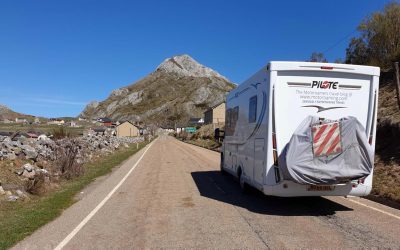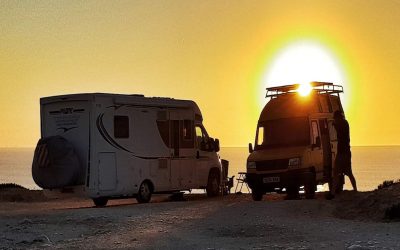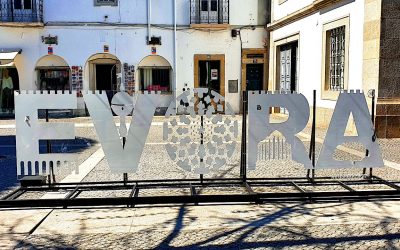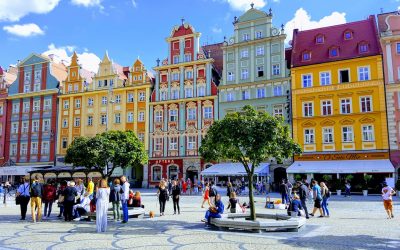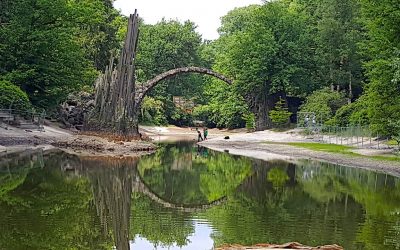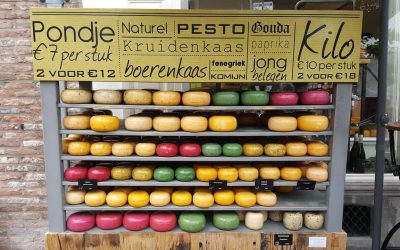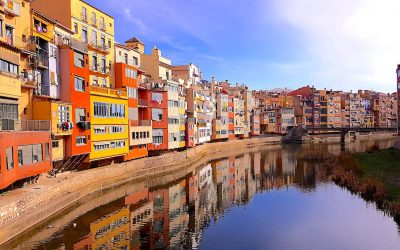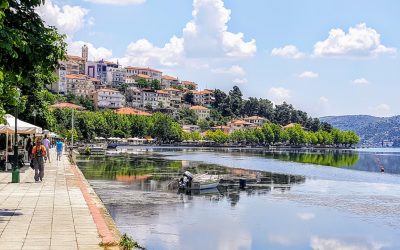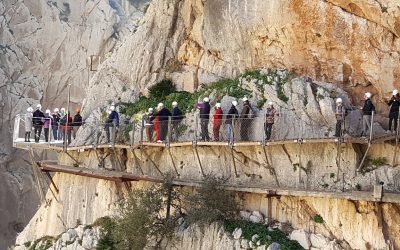Celebrating Birthdays whilst travelling Celebrating Birthdays whilst travelling or living on the road can be a tricky affair....

van life location independent lifestyle
van life location independent lifestyle
Life on the Road – Top tips from the experts
When every day is a school day, then let the teachers appear.After leaving UK soil in March 2016, we have travelled over 50,000 miles and...
Guest Post – Gap Year Nomads
We love meeting new people on the road and hearing what brought them to travel. When we rocked up to a wild spot on the west...
Icehotel, Sweden – a fusion of nature & art
The Icehotel, a sensory experience that goes deep beneath your skin, penetrates far beyond your iris and seeps profoundly into your soul....
7 Highlights of Évora
Come to Portugal and immerse yourself in so much more than golden sand between your toes. Whilst the beaches entice any sun seeker,...
Our Liebster Award Nomination
Our Liebster award nomination For me, blogging is a passion; no actually, writing and photography are my passions - blogging is a platform...
A Road Trip Through Poland
Poland's depth and character unfold the longer you stay; each week grabbing hold of your heart just a little bit more. In Part 1 of our...
Driving Route through Germany
2 weeks in Germany is surely not enough to absorb a country’s culture let alone navigate its compass points sufficient well. In truth...
Visiting Zeeland in Holland
Ever thought about a visit to Zeeland? Could you even pin-point where Zeeland is on the map? I'll be honest I didn't, so I promise I'm not...
How to spend 24 hrs in Girona
The first thing that struck us as we arrived in this Catalan city was how quiet it was. I suppose we have comparisons of...
Travelling Greece in a Motorhome
As I write about our Greek adventures for a magazine article this week, I have noticed how many posts there are on Facebook about heading...
Caminito Del Rey, Spain: Conquering the fear
Travel’s Classroom Conquering my fear at El Caminito Del Rey, Spain Integrity is so important when you write about...
Follow us
You can find us on social media,
different channels for different content.


